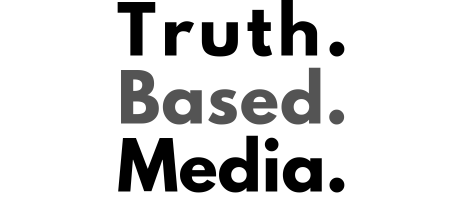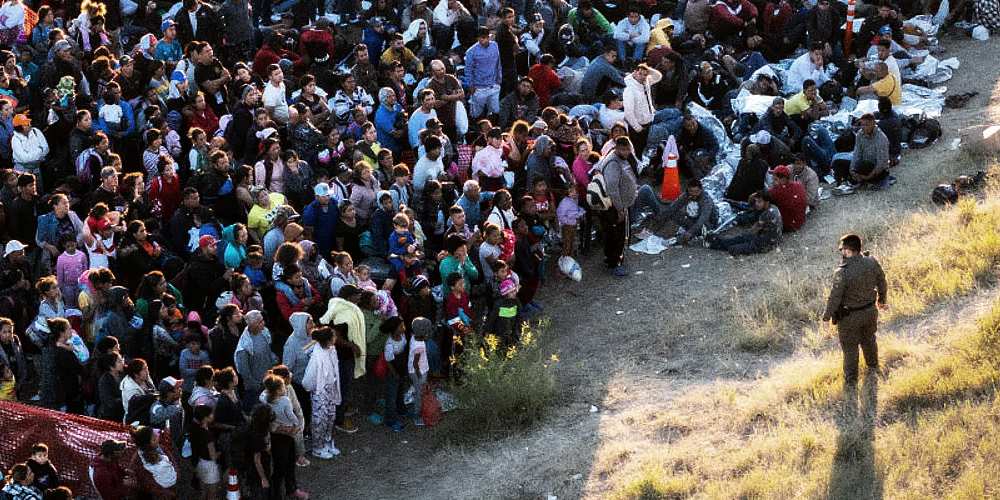- Gold SKYROCKETED during Trump’s first term and is poised to do it again. Find out how Genesis Precious Metals can help you secure your retirement with a proper self-directed IRA backed by physical precious metals.
A new chapter in immigration enforcement is unfolding with President-elect Donald Trump’s incoming administration. Tom Homan, the appointed “border czar,” shared exclusive insights on his plans to execute large-scale deportations. As these policies take shape, they promise to be both controversial and impactful, potentially altering the national immigration landscape significantly.
Mass Deportations: A National Security Priority
According to Homan, mass deportations are a cornerstone of the administration’s immigration strategy. He emphasized that the issue transcends financial considerations, framing it as a matter of national security. The administration aims to ensure strict enforcement of immigration laws, including apprehending illegal aliens in locations previously deemed off-limits such as hospitals and other sensitive areas.
Homan explained that while current policies restrict immigration enforcement in such spaces, exceptions exist in cases involving significant public safety threats or national security issues. These exceptions might become the foundation for expanding enforcement efforts. The administration is actively evaluating ways to address these limits and proceed within the bounds of the law.
Addressing Sanctuary Policies: A Key Roadblock
Sanctuary jurisdictions present an obvious obstacle in the administration’s deportation goals. Currently, 13 states across the United States operate under sanctuary policies, which limit cooperation with federal immigration enforcement. Homan expressed his belief that these policies inadvertently invite more arrests by providing havens for illegal aliens.
His message was firm: if sanctuary policies force agents to look for specific individuals, they may apprehend others during their operations. The result, according to Homan, is an increase in arrests. He stressed that these actions aren’t intended as threats but reflect the natural outcome of enforcing immigration laws in areas unwilling to cooperate.
Economic Pressure on Sanctuary Cities
The administration plans to counter sanctuary jurisdictions using economic measures. Homan revealed that cities refusing to align with federal guidelines could face financial repercussions, including cuts to federal funding. America First Legal, a conservative legal organization, has already notified over 150 elected officials in sanctuary jurisdictions about potential legal consequences for obstructing federal law enforcement or harboring illegal aliens.
Homan made it clear that violators—whether they’re public officials or private individuals—will face prosecution if laws are broken. This tough stance is aimed at holding those who interfere with federal enforcement accountable while ensuring the law is upheld.
Tensions Along the Border
San Diego County’s recent decision to become the first sanctuary county in the U.S. highlights the growing divide. While some local leaders have vowed to resist federal actions, others have hesitated to actively block them. Homan shared concerns from southern border sheriffs who feel unprepared to provide additional support for the administration’s plans. Stretching limited resources further seems impractical, given how long these agencies have operated under strain.
The reality is clear—while some counties and sheriffs align with the administration’s priorities, resource constraints could hinder full participation in these efforts.
Looking Ahead
The Trump administration’s immigration strategy sets the stage for a legal and political standoff between federal authorities and sanctuary cities. Homan’s priorities suggest a relentless pursuit of enforcing immigration laws while addressing challenges posed by sanctuary policies, limited resources, and public opposition.
What remains uncertain is how these plans will play out on the ground. Will financial pressure force sanctuary cities to comply, or will legal battles stall these efforts? As the new administration advances its immigration agenda, the coming months will be pivotal in shaping the nation’s approach to enforcement and policy.
Article generated with the assistance of AI.



